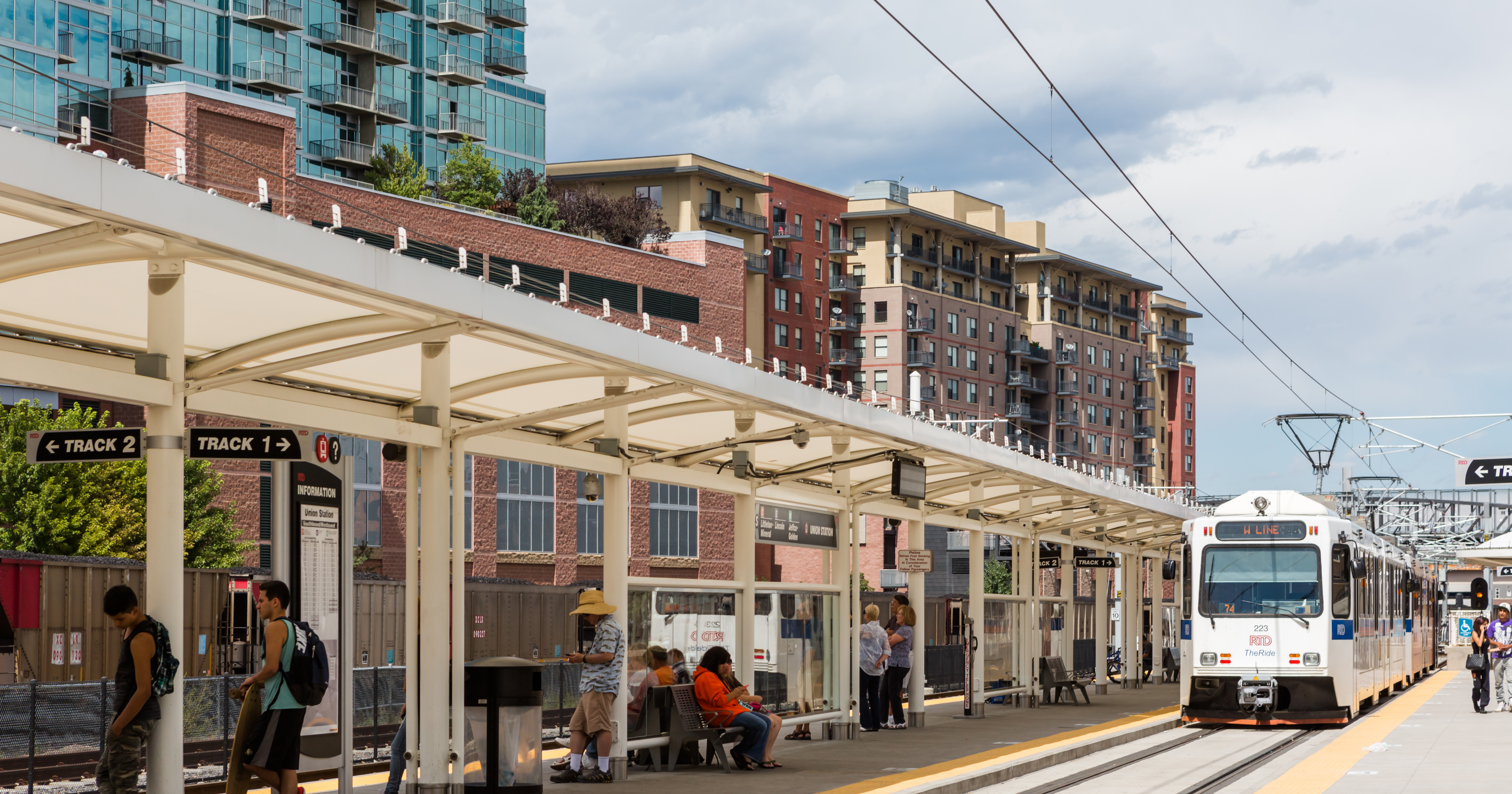
For years I have said that the city of Detroit needs more gentrification and congestion. As most of you would expect, the push-back is immediate and intense. Most folks think of the negative consequences of both and instinctively recoil at having more of the negatives.
What people don’t think about is that for both gentrification and congestion the positives far outweigh the negatives. The reason I continue to make the case that Detroit––really all Michigan cities––need more gentrification and congestion is both are signs of demand. People wanting to live and work there and business wanting to locate there. Successful communities (whether it is a neighborhood, community or region) are places with high demand. Places with low demand are some combination of declining and distressed.
In this post I want to focus on the consequences of gentrification. Turns out the negatives from gentrification are far less than most of us believe. Two new research reports provide compelling evidence that gentrification does not push low-income residents out of the neighborhood. That the proportion of low-income residents that move out of low-income neighborhoods is no higher than in non-gentrifying neighborhoods in the same city.
You read that right: gentrification does increase the proportion of low-income residents moving out of a neighborhood. Of course, some do move. But that is true of low-income residents of neighborhoods throughout cities, whether they are gentrifying or not.
CityLab in an article entitled Study: No Link Between Gentrification and Displacement in NYC, reviews the findings of the new research. They write:
… Children in low-income households were very likely to move more than once over this period, regardless of their neighborhood, residence, or demographic group. But low-income children living in neighborhoods that experienced gentrification were not more likely to be displaced than those living in persistently low-income neighborhoods that did not gentrify. In fact, even as neighborhood incomes increased all around them, the majority of these children stayed.
… Low-income children who remained in their gentrifying neighborhoods saw a 3 percent greater decline in neighborhood poverty than those in low-income neighborhoods that didn’t gentrify. Importantly, those families who moved out of gentrifying neighborhoods did not appear to end up in worse neighborhoods than those who moved out of persistently low-socioeconomic status areas.
So not only did in the case of this study Medicaid recipients in New York City not move out of gentrifying neighborhoods at a higher rate than those in non-gentrifying neighborhoods, most Medicaid recipients in gentrifying neighborhoods stayed and enjoy real benefits from the gentrification.
City lab continues:
The finding that gentrification is not correlated with displacement for poor children may be counterintuitive, to say the least, but it lines up with other efforts to study the long-term outcomes for original residents of changing neighborhoods. A recent study conducted by the Federal Reserve Bank of Philadelphia and the U.S. Census Bureau also found that gentrification does not strictly drive displacement. Over a long time period, the census evidence shows a modest increase in mobility (that is, displacement) for low-income renters in gentrifying neighborhoods. But the residents who do leave do not wind up living in more disadvantaged areas, and the residents who stay experience certain measurable benefits.
Joe Cortright in a post for his City Observatory, entitled How gentrification benefits long-time residents of low income neighborhoods, summarizes the findings of the new research this way:
… what the data show, is that for many residents and neighborhoods, gentrification is a good thing. It raises property values for long-time homeowners, increasing their wealth. It doesn’t appear to be associated with rent increases for less educated renters who remain. Poverty
rates decline, and objective changes in neighborhood characteristics–notably greater income mixing–are associated with higher levels of inter-generational mobility for kids growing up in such neighborhoods. In addition, the data show that poor neighborhoods that don’t gentrify steadily deteriorate on these measures. Implicit in much of the popular discussion and press coverage of gentrification is the assumption that neighborhoods that don’t gentrify will stay the same–but they don’t. Things get worse.
Cortright’s last point is essential: low-income residents of non-gentrifying neighborhoods are worse off than those who live in gentrifying neighborhoods. Neighborhoods without the demand that causes gentrification decline, they do not stay the same. People––and employers––move out of all neighborhoods all the time for a variety of reasons. So when they move out the neighborhood declines unless there is someone who moves in. Neighborhoods with high demand are vibrant, neighborhoods with low or no demand are distressed. There is no in between.
For those wanting to pursue the topic more I highly recommend the book The New Brooklyn: What it Takes to Bring a City Back by Kay Hymowitz. She is a fellow at the Manhattan Institute, but more importantly for this topic, is a longtime resident of Brooklyn. She describes herself as one of its first gentrifiers. The book does not sugar coat the negatives of gentrification, but presents the case compellingly that the positives far outweigh the negatives.







